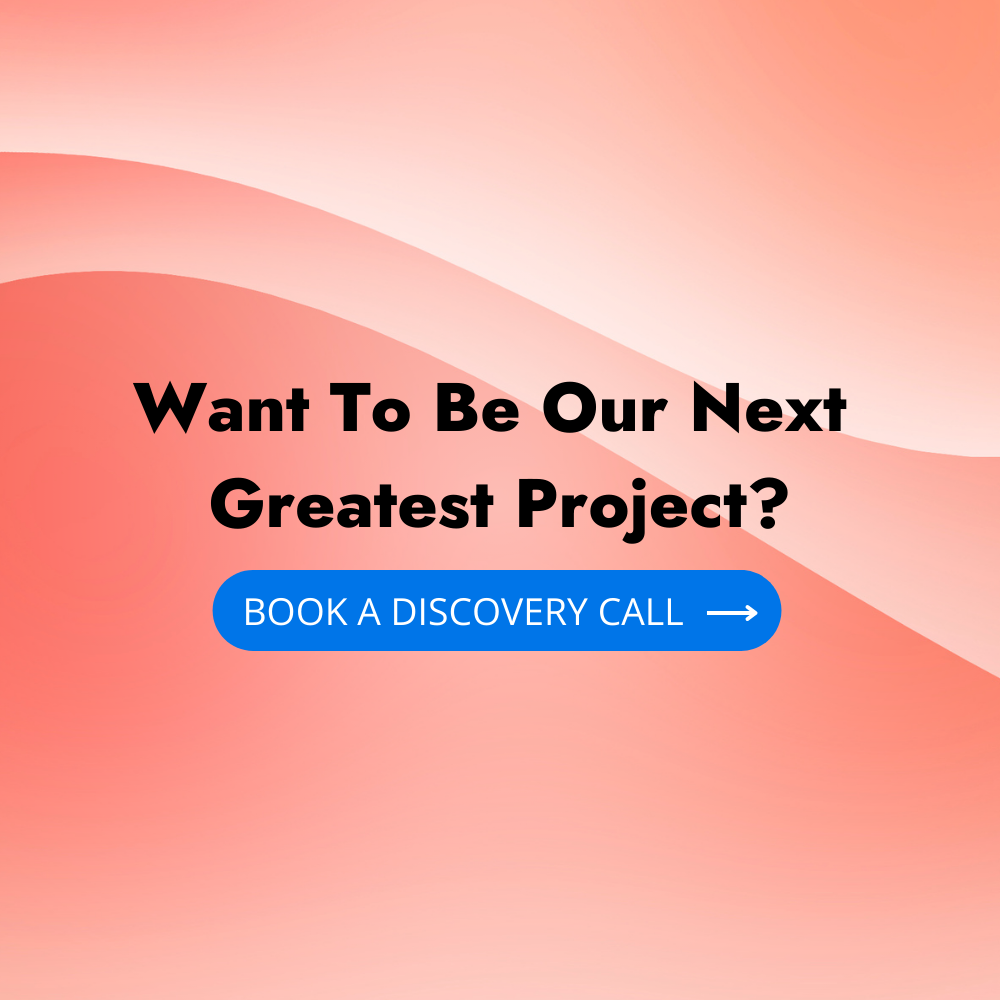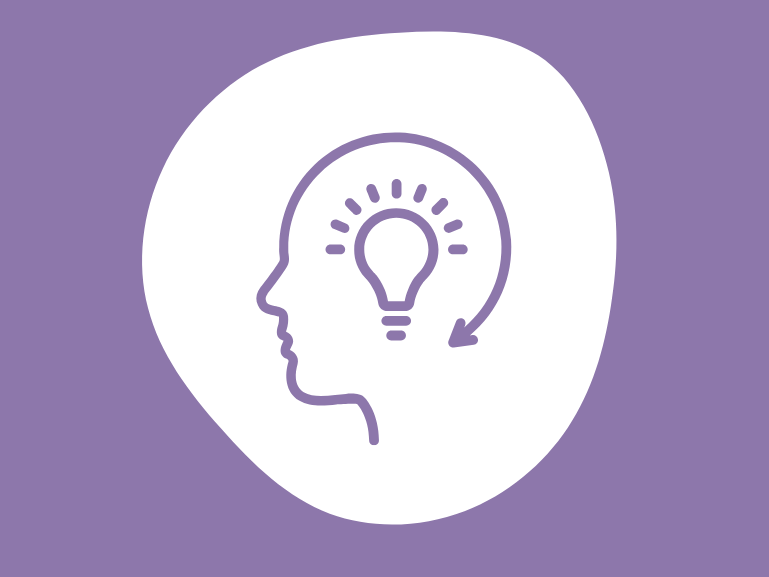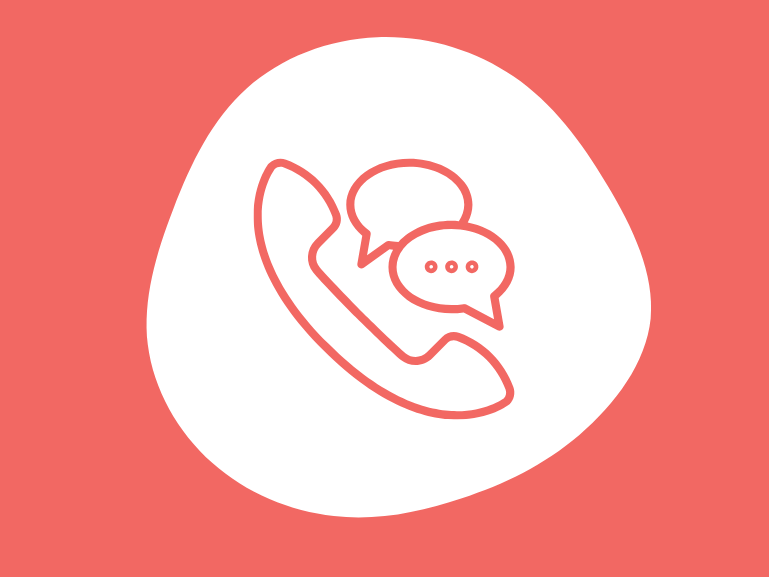10 Tips To Increase Conversion Rates on Your Sales Page
Getting visitors to your website is only the start. Once they’ve arrived, it’s important you capture their attention and lead them down the path to purchase/conversion/contact. It is hard work getting targeted visitors to a website. A combination of SEO, PPC, Social Media, Content Marketing, Offline Marketing, Digital Ads etc. work cohesively to increase your traffic numbers. It’s…
Written by Carissa Krause
Last updated May 1, 2025 • First published December 12, 2018
Getting visitors to your website is only the start. Once they’ve arrived, it’s important you capture their attention and lead them down the path to purchase/conversion/contact.
It is hard work getting targeted visitors to a website. A combination of SEO, PPC, Social Media, Content Marketing, Offline Marketing, Digital Ads etc. work cohesively to increase your traffic numbers. It’s exciting to see your page views grow. It’s equally as exciting to see your website ranking better and better. You want to celebrate all of this effort; however, the real success lies in the conversion rate.
After all, it’s great to reach people and offer them content and information but ideally, you want them to engage with your business in a manner that means good business for your business. Ultimately, you’re trying to convert your web traffic into results. This can mean mailing list sign ups, increased online sales or additional inquiries.
Your Value-Proposition / Offer / Product
Is your value-proposition on your sales page or landing page interesting or right for your target audience. If you’re offering an e-book download, is the information contained in the e-book different than what they can find elsewhere on the Internet (without having to provide their email address).
If you’re selling a product, is your price right? Do you offer a low price guarantee to save your audience form price-checking?
Is your product or service something your target audience needs?
When your visitor lands on the page, are they able to determine your value proposition, product or service at first glance?
LIKE WHAT YOU’RE READING?
If these articles are helpful,
imagine what our team
can do for you!


More Traffic. Leads. Business.
I want to show you how SEO can grow your business in ways you haven’t seen before.
More Traffic. Leads. Growth.

I want to show you how SEO can grow your business in ways you haven’t seen before.
Do You Know Your User Sales Path?
Website visitors do not always convert at first reach. In fact, often they will visit your website multiple times before they’ve built enough trust in your authority to get in touch, sign up for a newsletter or make a purchase.
If you can understand a typical visitor’s path to purchase (or conversion) you can help nudge them along.
By understanding typical user paths and funnels, you can ensure your content, page navigation and usability is such that makes it easy for a visitor to go from landing on your page to learning about your products and services, to trusting your authority to converting.
Layout your ideal conversion funnel, along with pain points and expectations at each stage. Generally, a conversion funnel includes the following stages: awareness, interest, consideration, conversion.
Do You Know Your Sales Page Bounce Rate?
If you have a landing page, sales page or conversion page, it is important to closely monitor more than just the conversion. When you see people leaving, it’s time to figure out why so you can make necessary adjustments.
Are visitors bouncing before they interact with your sales page? Are they abandoning shopping carts? Are they filling out half a form and then leaving?
Website analytics will provide valuable inside information as to what might be motivating people to walk away.
What is A Conversion Rate?
Conversion rate is the percentage of your website visitors who convert on an offer. The offer can be a form, a registration, a sales or anything else you’re trying to get your visitor to complete.
Instead of just tracking the number of people who convert, it is important to track the percentage of the people who have visited the page and then converted. In other words, how many people who visit are not converting and is there something you can do to improve the results.
A low conversion rate is equal to potential lost profits. So not only is it important to know what your conversion rate is, it’s important to know how you can improve this rate, too.
To calculate your conversion rate: Web Visitors/Conversions*100.
Attribution & Conversion Rates
You can also figure out your conversion rate by referring domain/source. This helps you determine what forms of advertising are working best. If you’re running Facebook ads, an SEO campaign and Google PPC, it’s important to know the conversion rate for each platform, and even ads/campaigns within each platform.
You will need to set up conversion tracking on your website (via analytics, adwords etc.). Then, you can look at conversions by traffic source to help determine areas of improvement.
Top Ten Tips to Increase Conversions
In order to improve your conversion rate, you need to analyze what works and what doesn’t with your audience. Your target market has specific expectations about what they want/need when they land on your website. They have pain points your website is trying to solve. So, it’s important to deliver content that matches their expectations, along with an offer they can’t refuse.
Keep in mind, visitors do not always convert upon first visit and that’s okay. Sometimes they need more time to make a decision, maybe they’re only in the research phase, or they’re simply not quite ready to sign up yet.
You don’t buy everything you see in a store, right? You don’t buy from every store you go in. But, think about your impulse purchases, along with your well-intended purchases. You want to play on both of these to capture web visitors’ attention.
Well-written copy, good visuals, a stand-out offer and clever marketing will resonate with your visitors. They may not convert on first visit, but the goal then is to get them back.
1. Your Offer Must Be Right For Your Audience – Analyze why people are coming to your website and what product, service or information they’re hoping to receive. Your offer needs to match their need or they will leave. In other words, if you’re running a restaurant website and your visitors are coming in for a PPC campaign targeting pizza, don’t offer them a coupon for a breakfast discount.
Targeted sales and landing pages allow you to really target your message to match why a website visitor is on your website in the first place.
2. Use Testimonials To Build Trust – Visitors are looking for authorities in the marketplace. Sure, you can say you have years of experience and are the best in the business but your kind words about yourself only go so far. Quotes and testimonials work well because they appear to have more credibility than you saying the same thing yourself. Testimonials and quotes validate your services or products.
3. Do A/B Testing – Sometimes what you think will work, doesn’t always work the way you expect. A/B testing offers valuable insight into what your typical and targeted website visitor really thinks. Are they drawn to a blue button or a red button? What call to action do they respond to better? You can A/B test anything; however, it is wise to be systematic so you can begin to decipher visitor patterns and preferences.
You should probably choose to change one thing at a time. That way, you can easily assess improvements.
4. Ensure Your Page is Optimized For the Right Visitor – A well-designed, clean, fast-loading, easy-to-navigate page is good for everyone. But, it’s important to take this one step further. Since you’ve identified your target audience, it’s important you keep them in mind with your page design. Are they analytical? Offer them charts and stats. Are they looking to be inspired? Offer warm content and images. Your target visitor should determine the size of your font, the typography and the page layout.
This also means, ensure the page is optimized for the right device. A slow-loading website is a quick way to turn-off a potential website visitor. So to is a non-mobile friendly or responsive page. Since many visitors are browsing websites on their smartphones, it’s essential to ensure your site renders well on these devices.
5. Ensure Your Content is Scannable – It’s important to capture a visitor’s attention right from the get go, and then keep them interested. A well-laid out page, with highly digestible content will go a long way in ensuring a visitor wants to stay on your website. It is difficult to read large paragraphs of text on a computer screen or mobile device. Generally, visitors are scanning a page, and they don’t always do it top to bottom, left to write. Use headings. Use bullet lists. Use short sentences. Pop out important text. Make sure your calls-to-action stand out.
Content should be well-written and easy-to-read.
6. Have a Variety of Content Options – Different people learn differently. With this in mind, your page should include a variety of ways for your web visitor to digest your information: video, text, images, graphics/charts etc. Some people like to read, some like to listen and some like to watch.
You need to ensure the content contained within each option is slightly different as there will be people who will devour all types. Consider that the medium is the message. Your content should work together to give a clear and full picture of whatever it is you’re selling. Each type of content needs to do the job in silo, but also as part of a bigger picture.
7. Choose the Right Images – Do the images on your page help tell your story or sell our product/services? They should. Good quality images that act as a layer off the message will capture a visitor’s attention.
Are there people in the images? What direction are they looking? Ideally, you want your forms/buy now buttons etc. to stand out. When you can use your images as directional cues, you have a greater chance of success.
8. Your Form Should Be Easy To Fill Out – Whether you’re asking your target visitor to sign up, or they’re purchasing online, that experience should be easy. Can you integrate your login system with Facebook or Google so they do not have to type all their personal information? Is the form well-laid out and visually appealing? Are the boxes big enough on a mobile device? Are you only asking for the information that is absolutely necessary? All of these items should be taken into consideration when you’re designing your form or shopping cart.
9. Have Multiple Calls-To-Action – As your visitor scrolls down your page, hopefully they’re warming up to your business, your product or service. It’s important to offer calls to action throughout your content to capture your visitor and make it easy for them to convert, at whatever stage they’re at while they’re scrolling down your page.
10. Lose the Navigation – Well-converting landing pages and sales pages are really clean and are very on target to the product/service. Your website navigation and shell can distract the visitor. Of course, they need a way to get to your main site should they want to, but having all of your navigation on this page is not necessary.
To learn more, see our site page on Conversion Rate Optimization.
Conclusion
Improving your conversion rate for your sales or landing page isn’t that difficult, but can require some work.
Ideally, you have your analytics set-up so you can track your conversions by source. This will help you determine if your advertising and marketing measures are bringing in the right target audience, right down to which groups bring in the best converting traffic.
Then, you can work on elements of your page to boost conversions. Sometimes it’s simply changing up some content or a message. Sometimes the page layout needs to be tweaked. The great news is that you don’t have to set and forget. In fact, you can be continuously improving your ads and your design to ensure you have a steady flow of qualified leads.
Ultimately, the work you put into improving your sales page conversion rate will help increase revenues and lead numbers. If the task seems daunting, just remember that what you do now, is helping your business gain new, valuable customers. That makes it worth it, right?
If you build it they will come. That’s an old adage that does not ring true in the world wide web. You need to work hard to direct visitors to your site, and then work even harder to keep them there once they arrive and turn them into customers.
Carissa Krause
Carissa Krause is a Digital Marketing and Project Specialist at 1st on the List. Over the last 13+ years she has worked in our Abbotsford office with clients on a wide range of projects that include areas like local SEO, project reporting, backlink profile review, content development, strategic planning, and more. Whatever the project may be Carissa focuses on achieving greater efficiencies and putting plans into action. When away from her desk you’ll likely find her drinking all the coffee while sitting on the floor driving cars with her three young boys.
Don’t miss out – get newest posts straight to your inbox!
OTHER ARTICLES WE THINK YOU’LL ENJOY
Partner With Us. Get More Leads.
Stop trying to do it all on your own – reach out to our team and we can discuss marketing strategies that are best suited for your business!
[NO HASSLE, NO PRESSURE, NO WORRIES – JUST MEANINGFUL INSIGHTS]








